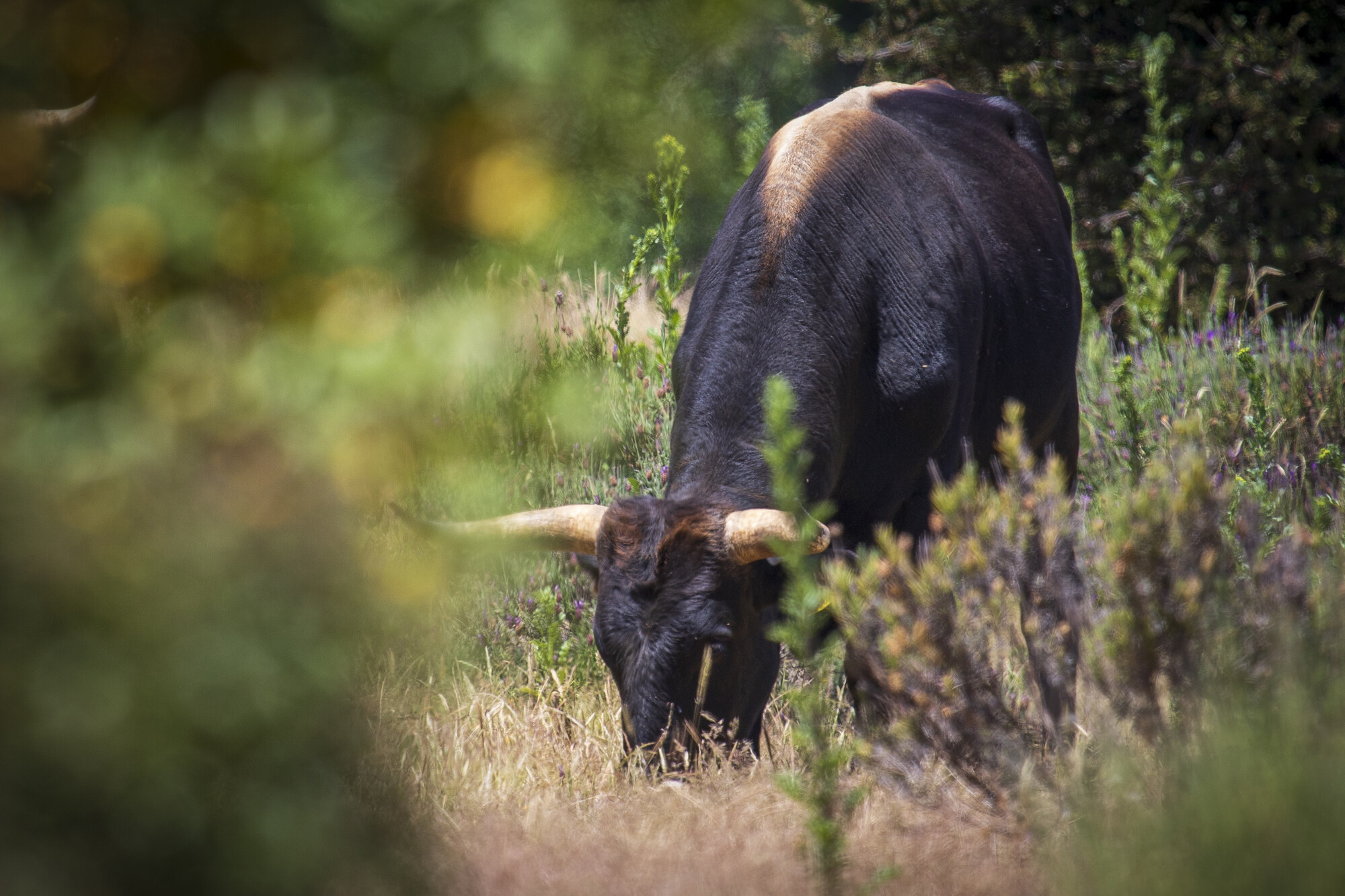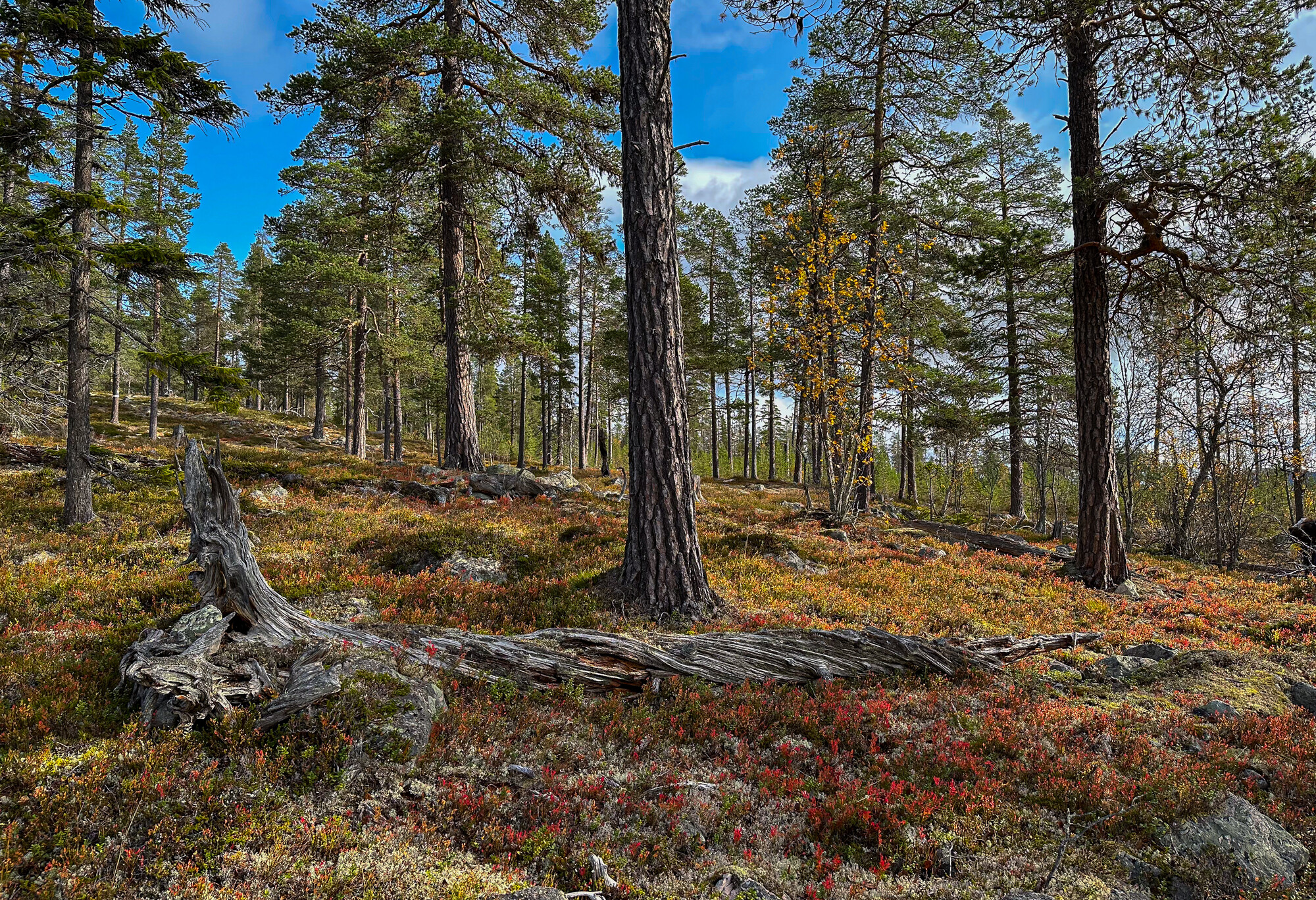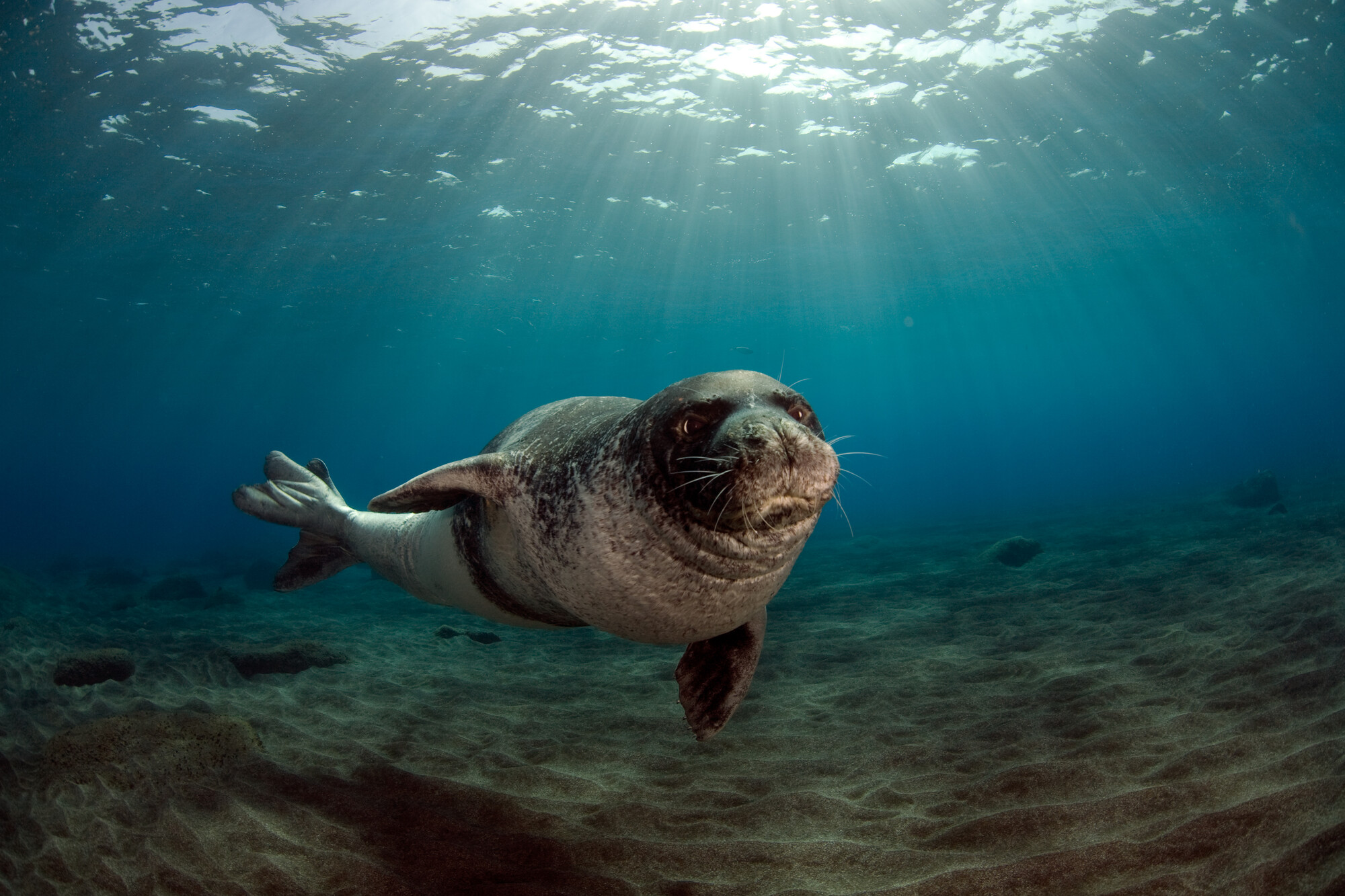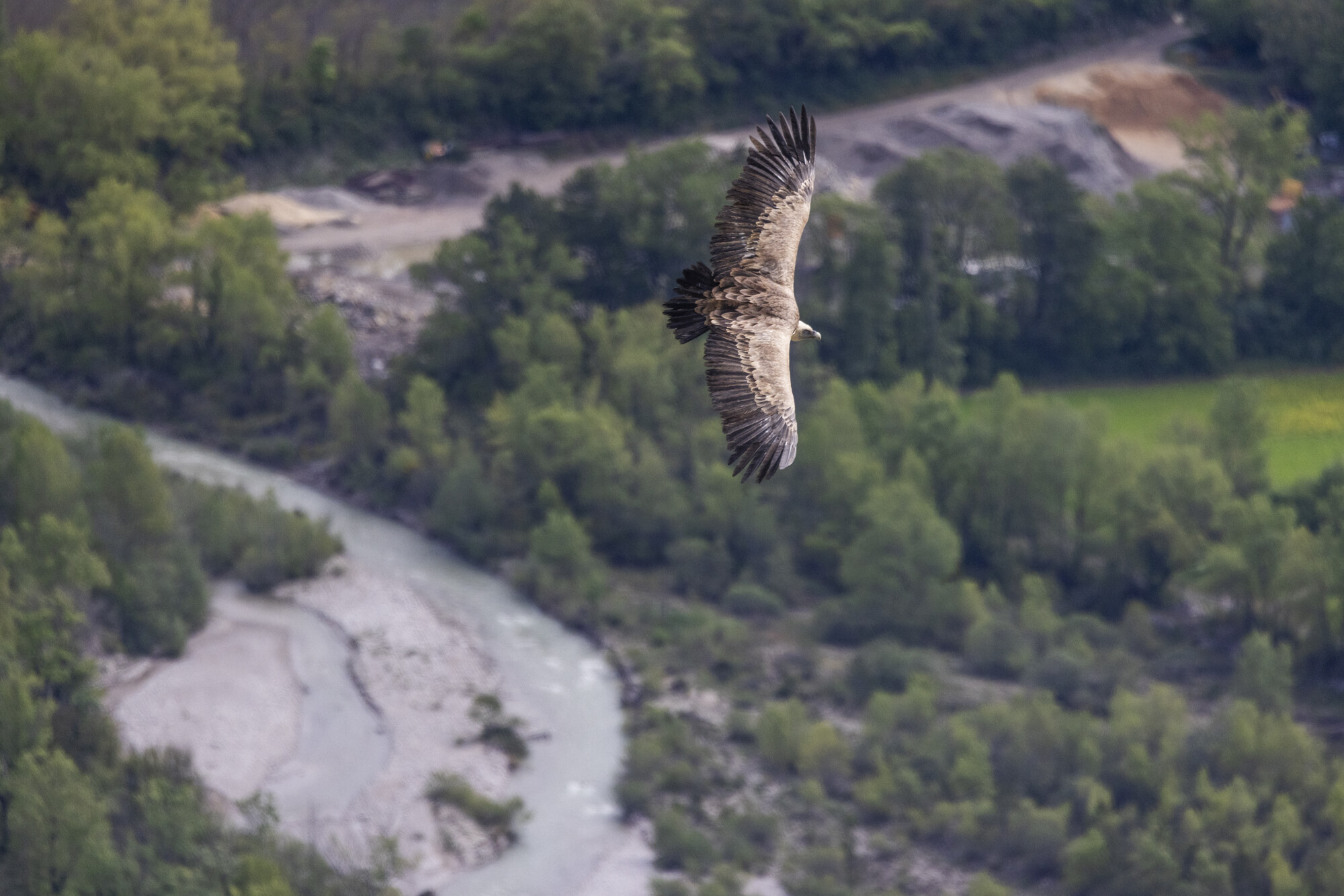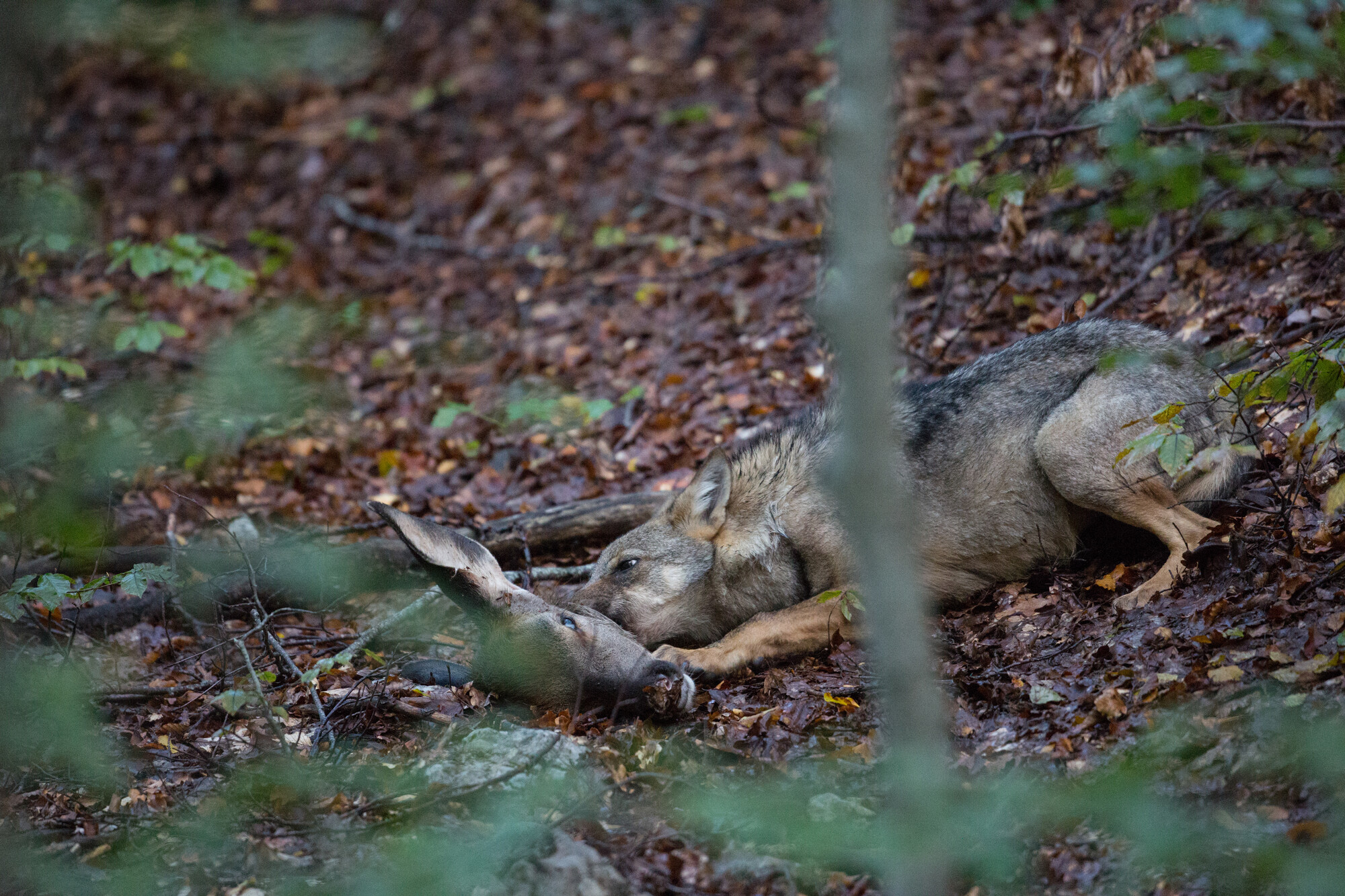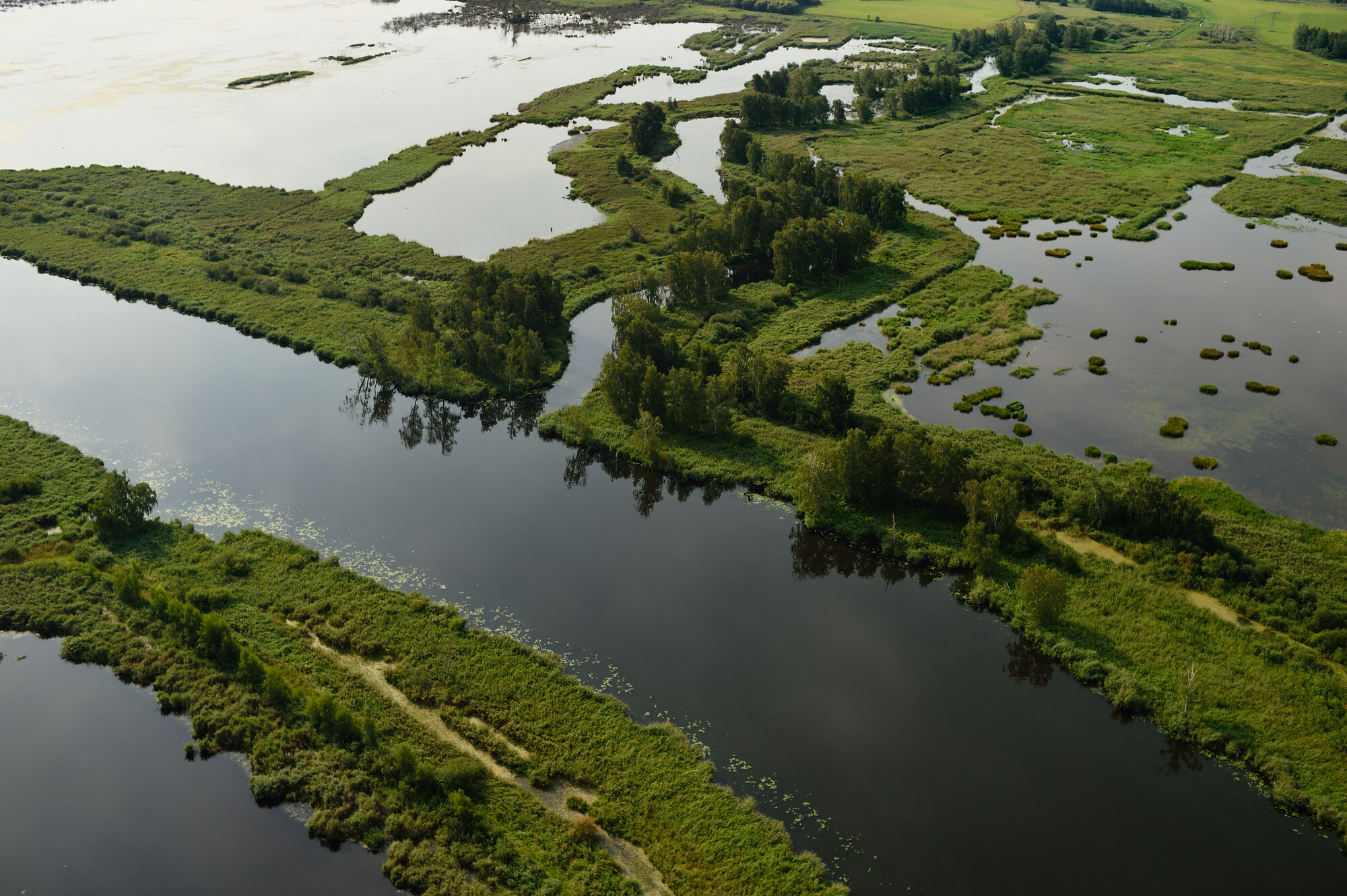The Nature Restoration Law has set ambitious targets for nature recovery across Europe. A new practical guide by Rewilding Europe and the European Rewilding Coalition will help EU Member States turn legal obligations into long-term benefits for nature, climate, and society – through rewilding.

Ramping up restoration
Today, immediate action at scale is needed to recover nature across Europe. The restoration of European landscapes, seascapes, and wildlife populations is essential – not only for the inherent value of nature itself – but because such restoration delivers a more liveable, resilient world for everyone.
In this regard, the Nature Restoration Law – which was adopted in June 2024 – is a groundbreaking piece of legislation. As the first continent-wide, comprehensive law of its kind, it sets binding targets for EU Member States to restore degraded ecosystems. Restoration measures must cover at least 20% of the EU’s degraded land and sea areas by 2030, and ultimately all ecosystems in need of restoration by 2050. Moving forwards, Member States now need to draw up and implement National Restoration Plans, in which they identify concrete restoration needs and the measures needed to meet these targets.
Rewilding can help transform areas of transitioning farmland into flourishing landscapes that deliver a wide range of benefits to people and nature.
Rewilding: the clearest pathway to solutions
The benefits of restoring wild nature in Europe are clear and compelling and the legal requirement to recover nature at scale is now in place. But meeting the targets set out in the Nature Restoration Law – effectively, affordably, and at scale – remains a challenge. This is where rewilding stands out. EU Member States must now realise the law’s ambition with decisive action, with rewilding offering them the most effective and clear pathway to meeting its obligations.
To help EU Member States integrate rewilding into their national restoration plans, Rewilding Europe, together with other members of the European Rewilding Coalition, has drawn up and published a set of practical guidelines. These show how rewilding offers solutions that can help countries meet their restoration targets in ways that are both ambitious and achievable.
The new guidelines are the first joint production by the European Rewilding Coalition, a burgeoning network of leading rewilding organisations from across Europe. They provide case studies, policy aligment insights, tools, and other resources to help governments and other stakeholders such as rewilding practitioners integrate rewilding into national restoration plans that are currently being designed.
Working with nature is smarter and more cost-effective
The new guidelines present rewilding as a smart, practical, immediate, and cost-effective approach to restoring nature at scale across Europe. An approach that not only boosts biodiversity, but also provides solutions to today’s social and climate challenges with long-term, nature-positive outcomes. With millions of hectares of land in transition across Europe, rewilding can help Member States go beyond tick-box compliance and turn restoration into long-term gains for nature and society.
“The Nature Restoration Law offers an opportunity for rewilding approaches at landscape and ecosystem level, depending on the territories, the legitimate options of the Member States, and the cost-benefit balance versus the ecosystem services to restore,” says Humberto Delgado Rosa, Director for Natural Capital, DG Environment at the European Commission. “Restoring ecological dynamics in what are today over-simplified ecosystems can be of great benefit for resilience against extreme events, such as major floods and catastrophic, large-scale wildfires, for example, as long as such restoration is approached in a very inclusive and flexible way that considers the expectations of all stakeholders.”

Harnessing the power of natural processes
Compared with traditional conservation, which often relies on intensive, expensive, and ongoing management, rewilding taps into nature’s own resilience, making large-scale recovery both feasible and sustainable. Restoring the natural processes that shape landscapes and allowing species to perform their functional role in nature saves financial resources, human resources, and time. Simply put, giving nature the space and freedom to restore itself, and then manage itself, is not only an economic no-brainer, but a smart solution based on the fact that natural processes that have shaped our lands and seas for millions of years.
“Natural regeneration of forests is cheaper than tree planting, saving the investment of money that will never be earned back,” says Rewilding Europe’s head of Upscaling Amy Duthie. “Natural predation is cheaper than culling. Scavenging is cheaper than carcass removal and disposal. And restoring floodplains is far smarter than building greater numbers of increasingly higher dykes. These examples illustrate how rewilding is about harnessing the power of nature and working with it in a smart way. The Nature Restoration Law encourages Member States to identify cost-effective solutions – rewilding can deliver them.”
Towards a thriving Europe
With a strong focus on ecosystem restoration and ecological dynamics, the overarching objective of the Nature Restoration Law is the long-term, sustained recovery of biodiverse, functional, well-connected, and resilient ecosystems. This is precisely what rewilding aims for.
Such healthy, well-functioning, self-sustaining ecosystems – complete with diverse and abundant populations of plants and animals – offer myriad benefits. They can directly address climate change by boosting carbon storage and delivering climate resilience through flood and wildfire mitigation. They can help transform the socio-economic narrative for rural communities by supporting the growth of nature-based economies. They can provide clean air and water, improve crop pollination and soil fertility, and enhance people’s health and well-being. All these benefits and more demonstrate why we need to move towards a Europe where people and wild nature thrive together.

The adoption of the Nature Restoration Law pays testament to the EU’s burgeoning commitment to environmental stewardship and nature recovery, which is widely supported by European citizens. By choosing to rewild at scale, EU Member States can meet restoration targets and lead the way towards a more resilient, thriving Europe where people and nature grow stronger together. These new guidelines, which are available now, show how to do just that – starting now.
